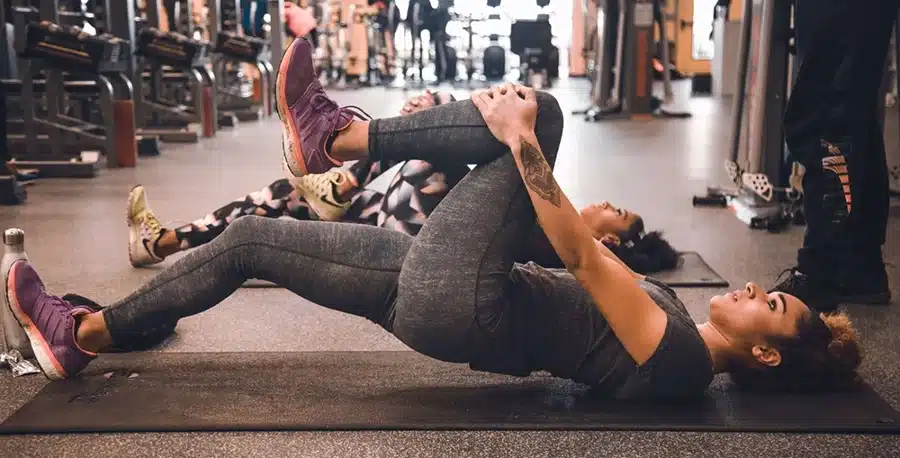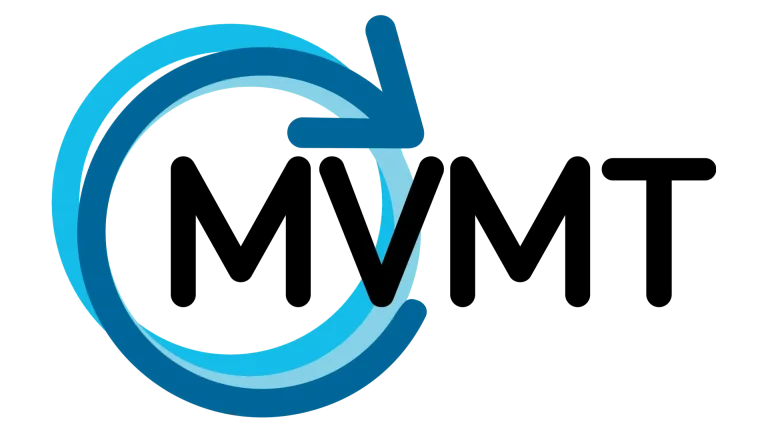Core Values – What IS the Core?

“Tell me about your Core Stabilization exercises. What exercises do you do that help to strengthen your core and stabilize your spine?”
Many patients are surprised to learn that most exercises that they’ve just listed are not for core stabilization. But it begs the question: What IS the Core?
Anatomy
In the book “Therapeutic Exercise for Lumbopelvic Stabilization” by Richardson, Hodges and Hides, the core is defined as the collection of the following muscles: the transversus abdominis, diaphragm, pelvic floor collection of muscles, lumbar multifidus, and the medial fibers of the psoas and quadratus lumborum. The inferior fibers (south of the navel) of the internal obliques also contribute to this action. Thus, the core is like a soda can: it has a ceiling, a floor and a round, continuous wall.
Notably absent from this list: the rectus abdominis (the six-pack abs) and the external obliques (the sexy side “cuts” on underwear models). These are what I call “beach muscles”. They look good on the beach, but do little for your overall function.
Purpose
Functionally, the core is what we call our “local” muscles. They prevent shearing forces and uncontrolled movement at a specific joint, which may lead to degeneration or injury. Larger, longer muscles that cross multiple joints are termed “global” muscles. It is their job to move our body, provide locomotion, and allow us to lift and carry.
When activating together, the core muscles increases intra-abdominal pressure and provides a “functional stiffness”, or stability, of the lumbar spine and pelvis. Landmark research in this book reveals three specific principles: 1) the core does not flex or extend the spine, 2) the core activates a split second before we move an arm or leg, and 3) the multifidi prevent shearing forces in the spine.
Poor core strength and stability may be the cause of injuries such as low back pain, disc herniation, spinal stenosis, radiculopathy (sciatica), arthritis, or spondylolisthesis (instability). While our exercise programs also focus on hip and leg strengthening, the main focus should always be on core activation, strength and endurance.
Functional Application
So – what does that mean for us as humans? As stated before, the core should activate first, before movement is initiated. This helps to provide stability around the spine and pelvis to prevent excessive movement and therefore, potential injury. (Or re-injury!) We also know from research that these deep core muscles do not recover on their own after an injury. Simply being pain-free is not enough! How do we know if our core is working efficiently? Good question!
Functional Manual Therapists are trained to evaluate the human body – from couch potato to desk jockey to urban athlete – for inefficiencies. We then help patients move in a more efficient way and help to translate those principles to everyday life. Following a back injury or surgery (or any injury for that matter), it is important for us to retrain the body and prepare it for “life tasks” and more athletic pursuits. While the core activation should be unconscious, your movement should be mindful.
Interested in learning more about your own body and your movement? Contact us at info@mvmtpt.com or (646) 430-5717 for a free 30-minute Discovery Visit!
